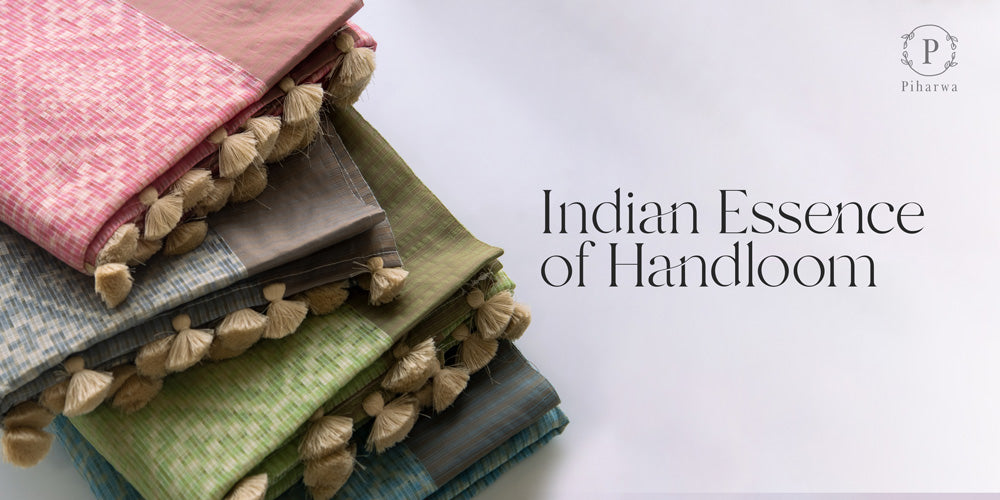India, a county well versed in culture, tradition, customs, and unities, is a land of diversities in every aspect of human life. One can find a variety of languages, linguistics, landscapes, food, festivities, human appearances, as well as a variety of clothing here. In a 75-year long journey of development since independence, India has shown advancements in every sector, one cam see development through innovations and technology which gives a perfect shape of modern world to our nation. But at the same time one can still find an essence of the age-old culture and tradition in its very roots.
These roots are not only the values we have but also the culture we adore and the customs we show. The true reflection of Indian tradition thus, we can say is in its clothing. With society being adoptive towards the practicality of human comfort, we have started wearing clothes which brings mobility and ease but the relevance of traditional wear remain intact.
Indian saree for example, is one of a cloth having capacity of portraying all the values and beliefs of our country. As diversified as India itself, the handlooms of Indian sarees are famous and well recognize all over the world. It is in fact one of the most loved apparel all over the world.
A woman in Indian saree is considered as graceful, elegant, and sober. Not just by the looks but with the ease of wearing it on any occasion, from every day to any day, Saree brings out the best in every woman.
One can find the spirit of every culture through Indian Handlooms, with their own ways, materials, colors and methodologies. Each part of India has their own tradition and technique of weaving a fabric that brings out something exclusive through its handlooms. Still curated with hands in a particularly followed customary steps, we can see a history of centuries in handlooms of India. From Banarasi Silk to Kanjivaram and from Bengal to Gujrat, the handloom sarees are a part and parcel of every woman, irrespective of their religions and traditions. What differs is the preferences in colors. For example, a Banarasi silk offers range of heavy Zari with vibrant colors while the traditional Bengali saree is a plain white saree with gracious red border. The Kanjivaram reflects the auspiciousness of golden while a Maharashtrian Paithani is a saree engraved with colorful peacock on the palla. All these, even if diversified in many ways shows the style and culture of the county.
This Independence Day, let us together celebrate the freedom to mix tradition with trend in everyday clothing!

